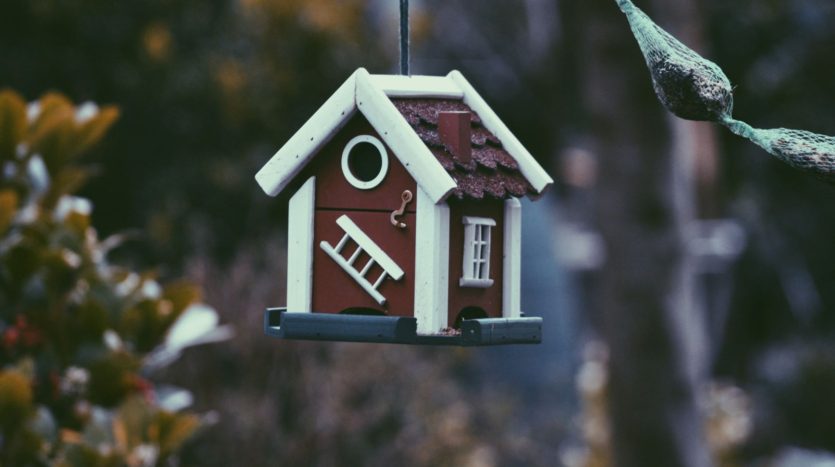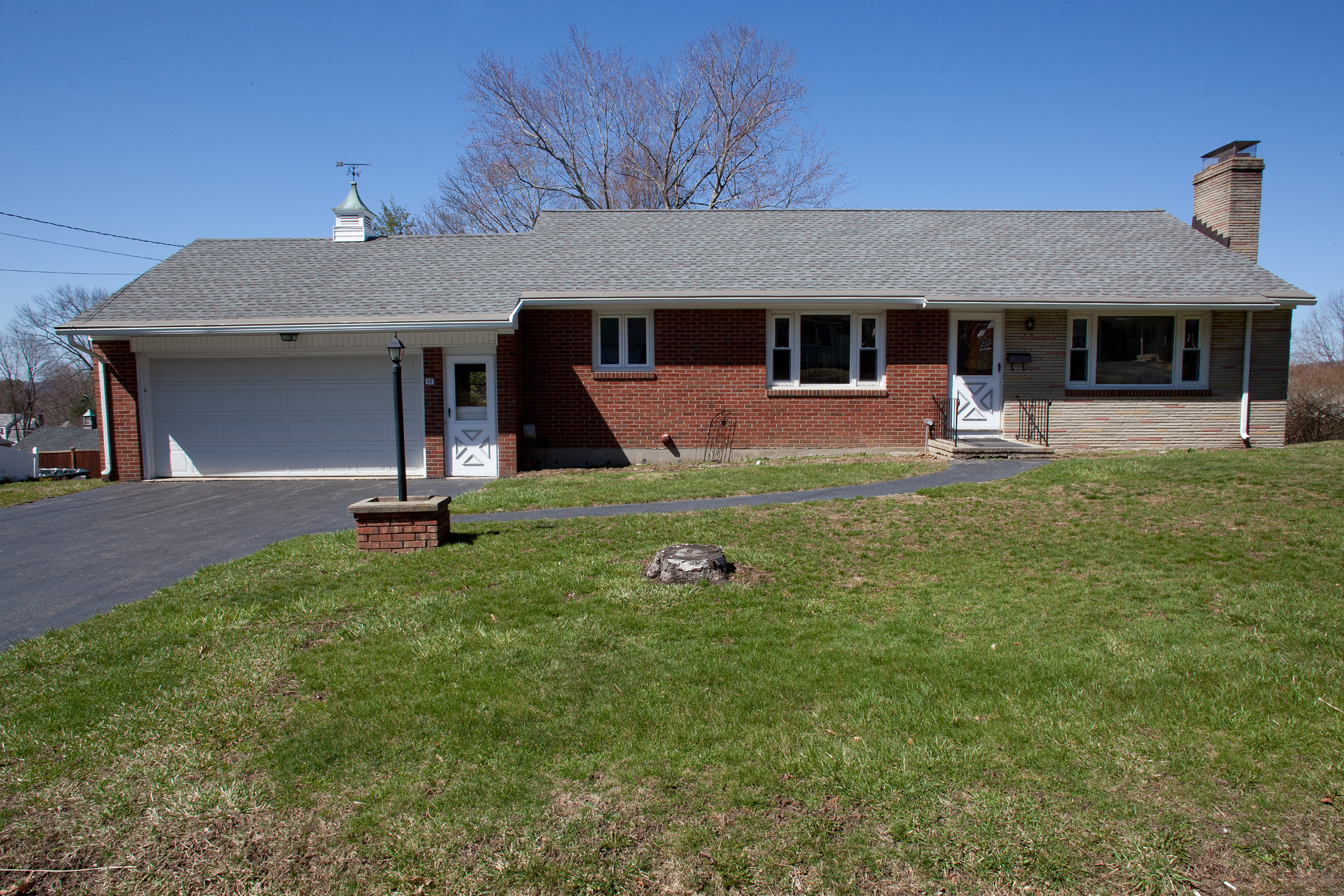Downsizing your home can save you money on property expenses, save you time on property maintenance, and reduce stress, but there are also several mistakes sellers make when downsizing.
So if you’re seeing signs that it’s time to downsize, take a moment to consider the common downsizing mistakes sellers make so you can avoid repeating these mistakes.
By the way, if it’s been a while since you’ve purchased a home, make sure you check out my 10 Mistakes Homebuyers Make article for a list of general purchasing mistakes including:
- Underestimating closing costs
- Prioritizing the house over the neighborhood
- And waiting to get pra-approved.
But in this list, we’re focusing specifically on downsizing mistakes. Here are the top 7 mistakes sellers make when downsizing.
7 Mistakes Sellers Make When Downsizing Their Home
Don’t get caught making one of these downsizing mistakes.
Mistake #1. Lacking Organization in the Downsizing Process
Downsizing your home is a big project. And, as is the case with so many big projects, the more organized you are during the project, the better your results will be.
Too often, downsizers will rush into buying a smaller home before they give much thought to selling their existing home. Remember, not only will you need to sell your current home quickly (to avoid paying housing expenses on multiple properties for an extended period), but you’ll also need to figure out what you’re going to do with all the stuff that won’t fit in your new place. This process of eliminating stuff typically takes longer than most sellers realize.
Take a look at my useful Downsizing Home Checklist to get a better idea of the steps involved in the downsizing process. This checklist will help keep you organized for a smoother downsizing process.
Mistake #2. Doing All the Downsizing Work Yourself
Downsizing isn’t just about moving into a smaller home; it’s about getting rid of the extra belongings that won’t suit your new lifestyle. Just think about all the furniture, home accessories, good-condition linens, dishes, and other possessions that will not be useful to you in this next chapter of your life.
Knowing what to keep and what to let go can be difficult. And you may want to enlist some help in this phase of your downsize.
You generally have five options regarding each of your belongs:
- Keep it
- Gift it to family and friends
- Sell it
- Donate it to charity
- Trash it
Not only is it useful to have help sorting through items, but you also need help hauling things away. Donations and trash are fairly easy to handle. In many cases, you can even arrange trash pick-up services with your city and donation pick-up services with your charity of choice.
Gifts to friends and family are also fairly easy as your friends and family can come get their items. And you can always hire movers to move all the items you’ll keep into your new home.
But the “sell it” option leaves some sellers overwhelmed. Instead of subjecting yourself to all the manual labor required to hold a yard sale, consider holding an estate sale. With an estate sale, you set aside the items you plan to keep (typically in an area of the house that you close off from shoppers), and everything else is for sale. This allows you to quickly and easily sell as much as possible, from the linens to the extra canned goods in your pantry. You can even hire an estate sale company to handle the sale for you over a single weekend.
Mistake #3. Not Thinking Long-Term Enough
It pays to think long and hard about the home you’re downsizing into. Downsizers often shop for a home that will fit their new lifestyle for a few years. But if you want your downsized home to remain your home for the next couple of decades, you need to shop for a home that will age well with you.
For example, affordability may not be an issue while you’re working, but what if you want to live out your retirement in the home. Will you still be able to comfortably afford your new home on a fixed retirement income?
And how about accessibility? Upstairs bedrooms may be nice for privacy, but if mobility becomes more difficult as you get older, having a bedroom on the ground floor can make your life a lot easier.
Mistake #4. Selling Before Buying (or Vise Versa)
It’s always difficult to decide if you should list your current home for sale first or buy your new home first. Either option can be a mistake under certain circumstances.
If you buy a new home first, you could be stuck with the expense of owning both homes for a few months while we find the right buyer for your current home. This can be a mistake if 1) you have a mortgage on both properties and 2) the market is slow (meaning it takes longer than normal to find a buyer).
On the other hand, listing your home for sale first can also be a potential mistake under certain circumstances. If homes are selling quickly, you might not have enough time to find your new home before closing escrow on your current home. This could mean moving into temporary housing while continuing your home search, which is certainly manageable, but most downsizers would prefer not to move twice (once to temporary housing, then again to the new home).
Ultimately, the choice to list first or buy first is yours. But it helps to have a real estate expert give you information about how quickly homes like yours are selling and how long it could take to find a new home that meets your unique needs. If you’d like information specific to your property and your needs, you can always contact me for a free, no-obligation consultation.
Mistake #5. Keeping Individual Bedrooms for Each of the Grown Children
Many downsizers express a desire to keep individual bedrooms for each of the grown children to stay in when they visit. While this is a lovely sentiment, it may not be worth the expense.
For most downsizers, it’s rare to have all the kids visiting at once. So a single guest room may be plenty. And if you’re keeping extra rooms simply to store your children’s old belongings, downsizing is the perfect time to invite your children to come get their things.
I would never presume to tell you how many bedrooms you’ll need in your new home; only you know what will work best for your family. I just want you to give some consideration to whether you’ll get enough use out of these rooms to justify the extra cost. Many downsizers regret getting the extra bedrooms a few years into their new homes.
Mistake #6. Tackling the Wrong Projects Before Listing
HGTV and home improvement stores have led sellers to believe that a home must be renovated before it can be listed. Not only is this not true, but renovating can actually hurt your bottom line.
Several years ago, sellers were able to get a positive return on investment for their renovations. But as the cost of renovations increased and buyers became more accustomed to renovating their homes to match their personal style, sellers have struggled to recover their renovation costs.
Instead of tackling expensive and time-consuming renovations, focus on small changes that make a big difference for buyers. Buyers expect to see a clean, well-maintained home. So to sell your home fast, deep clean the entire place, fix anything that needs to be repaired, add a fresh coat of paint, and stage your home to show at its best. And don’t forget to give the outdoor spaces a quick freshen up as well.
Mistake #7. Failing to Take Advantage of a Real Estate Professional
It’s tempting to try to save money on real estate agent fees when selling your home. But listing your home for-sale-by-owner is among the biggest mistakes sellers make when downsizing.
Here’s what you lose when you skip the real estate agent:
- Extensive knowledge about the always-changing local real estate market
- Access to the real estate agent’s network of other agents and their buyers
- The many, varied marketing avenues professional agents use
- Syndication to multiple real estate websites, accessible by millions of buyers
- Professional representation in negotiations
- Administrative handling of all inquiries and showing requests (which takes up far more time than most sellers realize)
- Preparation of all disclosures and other legally required forms
- Coordination of the escrow process
- And so much more; just take a look at all the services I provide to my sellers!
And remember, since sellers pay all real estate fees, it doesn’t cost you anything to have professional representation when buying your new home. So there’s no reason to try to buy on your own. Don’t go into a real estate transaction without a licensed real estate professional in your corner.
When you’re ready to downsize, contact me. I can help you take advantage of all the downsizing benefits while avoiding the mistakes sellers make when downsizing.
In the meantime, please take a look at my free guide to downsizing.







